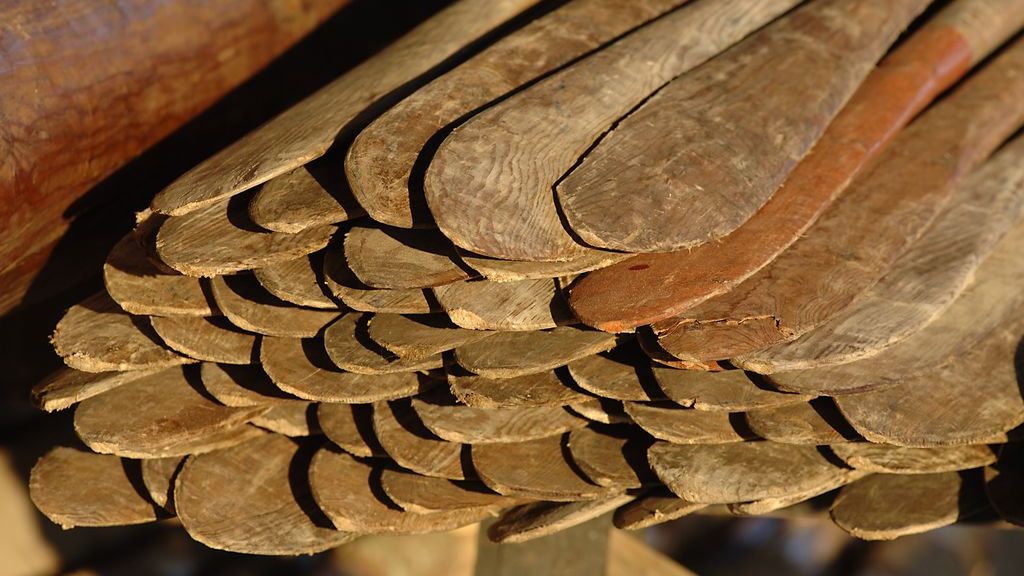Today, it is exactly two months before the overwhelmingly Danish yet international crew of 60 casts off in the open Viking reconstruction for the almost certainly very wet return journey, which begins in the Irish capital on 29 June.
Unlike last year’s voyage, which went north of the British Isles and Scotland, the return route will go south through the Irish Sea, round Land’s End, up the English Channel, across the North Sea, and into calmer waters in the mouth of the Limfjord in the Thyborøn Channel. The destination is, of course, Roskilde, where the ship will berth on 9 August – with a cargo full of important marine archaeological research results.
And then we are going to hold a really big party. Roskilde City Council and the Viking Ship Museum hope that 20–40,000 happy Danes will come to welcome the largest marine archaeological research project in Danish history, when its keel touches land again.
The number of visitors to the Irish museum where the Sea Stallion spent the winter has beaten all records, and it looks as if the voyage home will be an international, scientific and popular Viking expedition on a level with last year’s success – when hundreds of millions of viewers all over the globe followed the 62 members of the crew as they battled the rain, the cold, and dramatic sailing in waves up to five-metres high in the Irish Sea. They all reached Dublin in the best of health.
On the return journey, half the crew will be replaced with fresh people in southern England, just before the long leg across the North Sea, when Skipper Carsten Hvid expects to sail non-stop for at least three days.
Built after study of the remains of the longest ship found in the famous Skuldelev excavation in 1962, the 30-metre-long reconstruction will not be alone on the voyage. A modern cable and offshore-diving support ship, Cable One, has been hired as sailing security for the entire trip from Dublin to the Thyborøn, thanks to large donation from the Nordea Danmark Foundation and the tremendous goodwill of its owner.
“We have had several teams of people in Dublin to get the Sea Stallion ready for the sea again on 29 June. And next week I am going on a field trip to southern England to make sure the many harbours that have invited us have the necessary space and facilities”, says Carsten Hvid.



